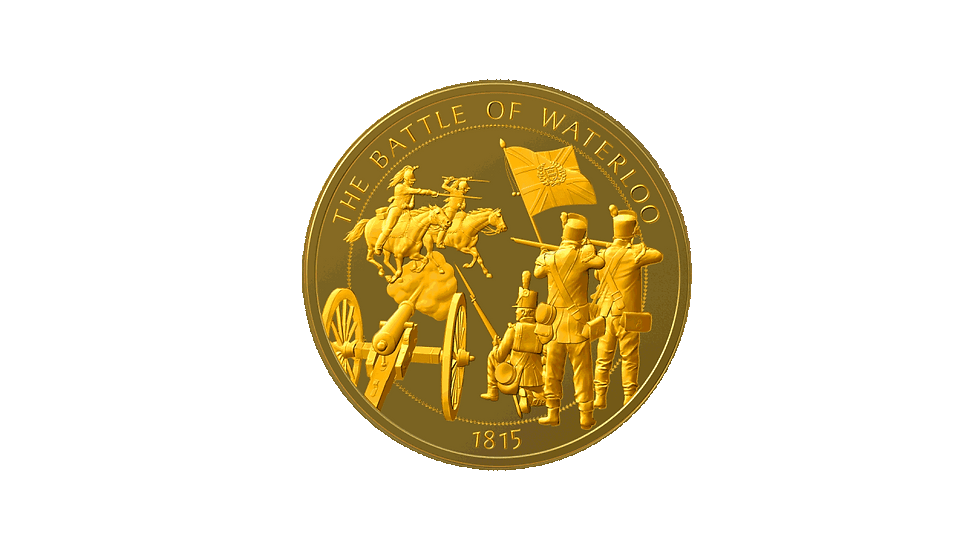
On the18th June 1815, during the Napoleonic wars, a coalition of armies led by The Duke of Wellington faced the forces of Napoleon near Waterloo village, south of Brussels. Napoleon’s forces numbered approximately 72,000 while those commanded by Wellington numbered 68,000, aided by 45,000 Prussians under Gebhard von Blücher.
Wellington’s force at Waterloo was made up of two different armies, the Anglo-allied army led by himself and the Prussian army led by Field Marshal Von Blucher. The Prussians had already faced Napoleon at the Battle of Ligny days earlier but had made an orderly withdrawal to join Wellington at Waterloo.
Napoleon had already fought a number of battles in his campaign, with varying success and was confident that he would emerge victorious against Wellington. After waiting for the ground to dry, the French attacked the allied forces four times with little success and Napoleon was eventually forced to redeploy some troops to face the threat from the freshly arrived Prussian forces.
During the battle, the French army, under the command of Marshal Ney, managed to capture a farmhouse in the heart of the Allied lines, but his requests for reinforcements to secure the position was refused.
Despite heavy losses, Wellington and his allies finally repulsed the French and turning defence into attack, forced them into a disorganised defeat. The battle had been brutal, with over 25,000 French casualties reported compared to 23,000 on the allied side.
Napoleon had only returned from exile a hundred days earlier, but this defeat was his last action, and he abdicated just four days later.
As part of our commemorative coins and medals collection, you can now get this wonderful tribute to The Battle of Waterloo, layered in beautiful 24 Carat Gold from just £14.99. For more information, click the button below.





Comments